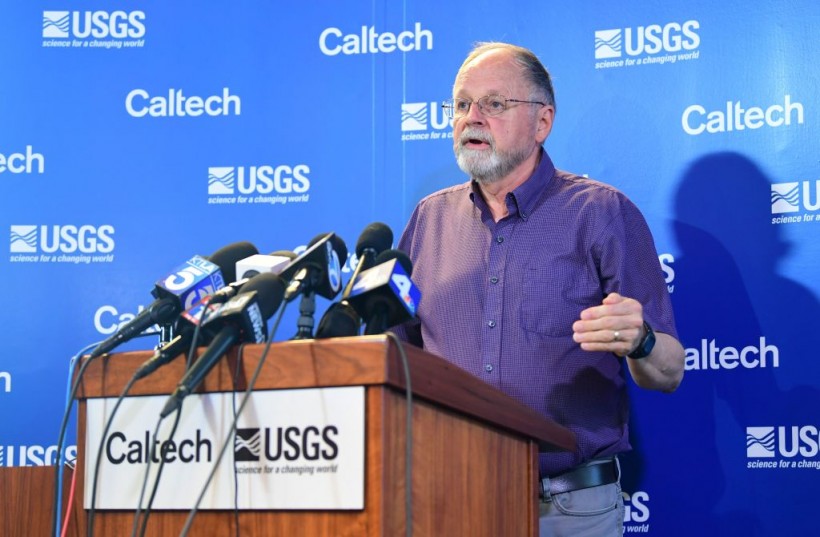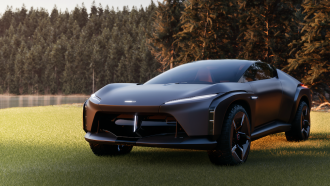Caltech scientists have just developed a new ultrafast camera that can record footage of impulses that travel through nerve cells, as reported by SciTechDaily. The camera can also capture video of other fast phenomena, like the propagation of electromagnetic pulses in electronics.

(Photo : FREDERIC J. BROWN/AFP via Getty Images)
Caltech seismologist Egill Hauksson speaks to reporters at the Caltech Seismology media center on July 6, 2019, in Los Angeles, about the July 5 earthquake which was centered near Ridgecrest, California.
The Technology
Known as differentially enhanced compressed ultrafast photography (Diff-CUP), the technology was developed in Lihong Wang. The Diff-CUP combined it with a Mach-Zehnder interferometer. It first splits a beam of laser light in two, and when they are recombined, the out-of-sync waves interfere with each other in patterns that reveal information about the object being imaged.
The Mach-Zehnder interferometer allows the imaging of these pulses and the CUP camera captures the images at high frame rates.
The team also captures images of the propagation of electromagnetic pulses (EMP). In some, these can travel at nearly the speed of light.
What Does It Mean?
The study of these nerve impulses is critical to understanding how the nervous system works and can help scientists understand consciousness.
It also has applications in geology, biology, and many other areas. For example, the technology can be used to understand the formation of new blood vessels in the human body.
This new technology can be used to study the propagation of other types of fast phenomena, such as high-voltage electric pulses. It can also be used to study the electronic behavior of materials and semiconductor devices.
The team believes that this technology is a significant milestone, as it's the first time that ultrafast imaging has been used to capture both light and radio pulses. For example, it may be used to observe chemical reactions, ultrafast lasers, and pulsars.
The team says that this technology will make it possible for us to image neurons and their networks in the brain. It could also be used to watch neurons communicate with each other and to monitor disease progression.
Researchers at Caltech are now working to create even more advanced versions that can be used in biology and medicine. One of these versions could be developed in the near future.
Also Read: Scientists Built This Nerve Agent Detector Using Lego Blocks And A Smartphone
Advancements in Healthcare Tech
This ultrafast camera can help generate better healthcare outcomes and improve the diagnosis and treatment of many human diseases.
There have been many recent breakthroughs in medical technology. For example, scientists have developed a new type of retina implant that can restore vision after damage. Other scientists are working to develop a new type of pacemaker that can be powered wirelessly and a new type of test that can detect cancer cells in the bloodstream.
It could also help advance fields such as artificial intelligence. These cameras could be used to study both how a healthy human brain works and how a diseased brain works.
Related Article: Record-Setting Flexible Silicon Phototransistor Could Speed Up Digital Cameras
This article is owned by Tech Times
Written by April Fowell








